Riverview Wet Carpet Drying: Fast, Reliable Restoration for Your Peace of Mind
Are you a Riverview resident facing flooded carpets? Don’t panic! Our swift and reliable wet carpet…….
Introduction
Water damage to carpets, particularly in settings like Riverview, poses a significant challenge for homeowners and businesses alike. The process of wet carpet drying is not just about removing moisture; it’s a specialized technique that ensures the preservation of flooring, minimizes the risk of mold growth, and restores the integrity of the structure. This article delves into the intricacies of Riverview Wet Carpet Drying, its significance, and its broader impact on property restoration, safety, and economic systems. Readers will gain a comprehensive understanding of the process, its global influence, and what it means for various stakeholders involved in water damage mitigation.
Understanding Riverview Wet Carpet Drying
Riverview Wet Carpet Drying encompasses the methods and technologies employed to effectively dry saturated carpets and underlying floor structures. It is a critical process that prevents long-term damage from water intrusion. The core components of this process include initial inspection, extraction of standing water, careful manipulation of carpet fibers, controlled drying techniques, and environmental monitoring to ensure efficient moisture removal and prevent secondary damage.
Historically, the approach to wet carpet drying has evolved significantly, with advancements in technology leading to more effective and less disruptive methods. The significance of Riverview Wet Carpet Drying lies in its ability to salvage carpets and flooring, which would otherwise require replacement, thus saving costs and preserving aesthetic values. It is a vital component within the property restoration industry, ensuring that buildings are safe and habitable after water damage incidents.
Global Impact and Trends
The impact of Riverview Wet Carpet Drying is felt worldwide, as water damage is a universal concern for built environments. The process has adapted to different climates, building materials, and cultural practices. Key trends shaping its trajectory include increased focus on sustainability, the integration of advanced monitoring technologies, and the development of eco-friendly drying agents.
Different regions are affected in various ways; for instance, areas with high humidity require more robust drying protocols, while arid regions may face challenges related to static electricity and fibre sensitivity. The global market for water damage mitigation services is expanding, driven by factors such as urbanization, climate change, and the aging infrastructure of buildings.
Economic Considerations
The economic aspects of Riverview Wet Carpet Drying are multifaceted. Market dynamics are influenced by factors such as population density, regional weather patterns, and the prevalence of flood insurance policies. Investment in research and development for more efficient drying technologies can lead to cost savings for service providers and customers alike.
Economically, “Riverview Wet Carpet Drying” contributes to various sectors, including construction, insurance, and environmental services. It plays a pivotal role in economic systems by reducing the financial burden of water damage and minimizing business interruption costs. The industry’s growth is tied to the overall health of the economy and the frequency of water-related disasters.
Technological Advancements
Technological advancements have significantly impacted the field of wet carpet drying. Innovations such as desiccants, advanced air movers, and controlled heat applications have revolutionized the process. These technologies not only expedite the drying process but also enhance the effectiveness and efficiency of the operation.
The future potential of these advancements lies in their integration with smart technology, allowing for real-time monitoring and adjustment of drying conditions. This could lead to further improvements in the speed and quality of the drying process, as well as energy savings and reduced environmental impact.
Policy and Regulation
The governance of Riverview Wet Carpet Drying is guided by a complex web of policies, regulations, and legislative frameworks. These include building codes, environmental regulations, and occupational health and safety standards. Compliance with these regulations ensures that drying processes are not only effective but also safe for inhabitants and workers.
Legislation around water damage restoration is becoming more stringent, particularly in light of environmental concerns and the need to mitigate health risks associated with mold and other contaminants. Regulatory bodies play a crucial role in setting industry standards and ensuring that practices are both effective and responsible.
Challenges and Criticisms
Riverview Wet Carpet Drying faces several challenges, including the risk of secondary damage if drying is not executed correctly, and criticism regarding the environmental impact of certain drying agents. Additionally, there is a need for standardized training and certification to ensure that professionals in this field are adequately equipped to handle water damage restoration effectively.
To overcome these issues, actionable solutions include the development of more sustainable drying methods, rigorous training programs for industry professionals, and ongoing research into the health and environmental implications of water damage mitigation practices.
Case Studies
Several case studies exemplify the successful application of Riverview Wet Carpet Drying. One such example is the restoration efforts following a major storm in the Midwest, where strategic drying techniques saved countless homes and businesses from extensive water damage. Another case study highlights a historic building restoration, where careful attention to preservation alongside effective drying methods ensured the integrity of the structure was maintained.
These case studies not only demonstrate the effectiveness of Riverview Wet Carpet Drying but also its adaptability across different scenarios and environments. They serve as valuable learning tools for industry professionals and underscore the importance of a comprehensive approach to water damage restoration.
Conclusion
Riverview Wet Carpet Drying is a dynamic and critical process within the property restoration industry. Its global impact, economic significance, and the technological advancements shaping its future highlight its importance in preserving built environments after water damage incidents. The integration of policy and regulation ensures that the drying process is executed safely and effectively, while ongoing challenges and criticisms drive innovation and improvement within the field. As the industry continues to evolve, Riverview Wet Carpet Drying will remain an essential service, safeguarding against the damaging effects of water and ensuring the longevity and safety of our homes and workplaces.
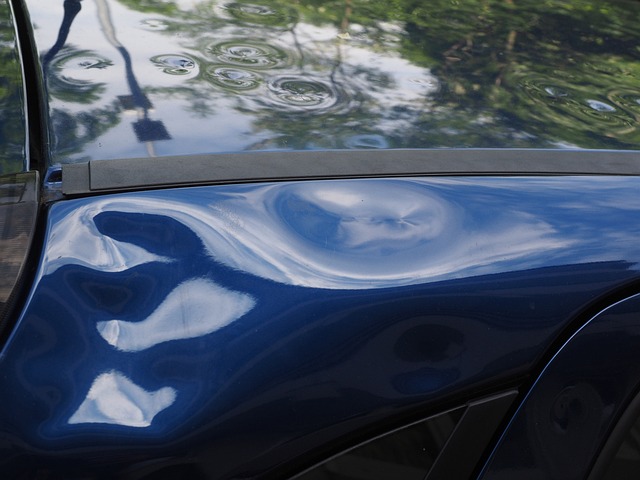
Are you a Riverview resident facing flooded carpets? Don’t panic! Our swift and reliable wet carpet…….

Are you dealing with a wet carpet in your Riverview home? Don’t let mold take over! We offer the fas…….
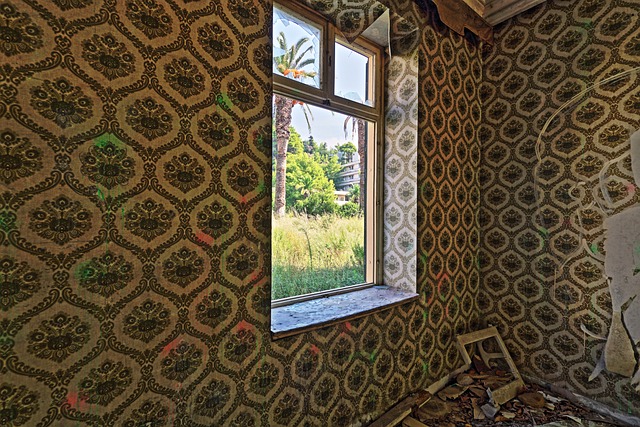
Are you struggling with wet carpets and mold concerns in your Riverview home? It’s time to breathe e…….
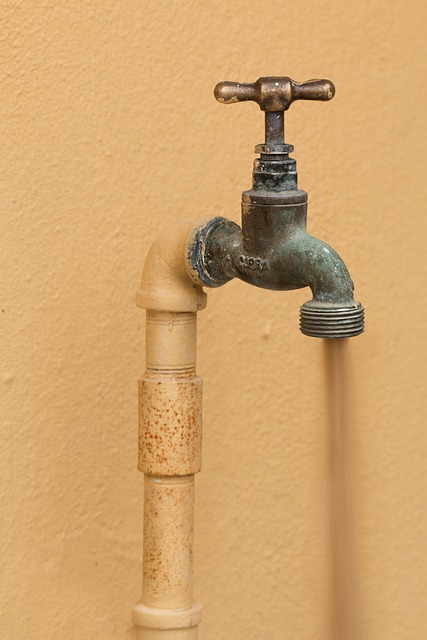
Are you facing a flooded carpet in Riverview? Don’t worry; we’re here to save the day! Our trusted t…….
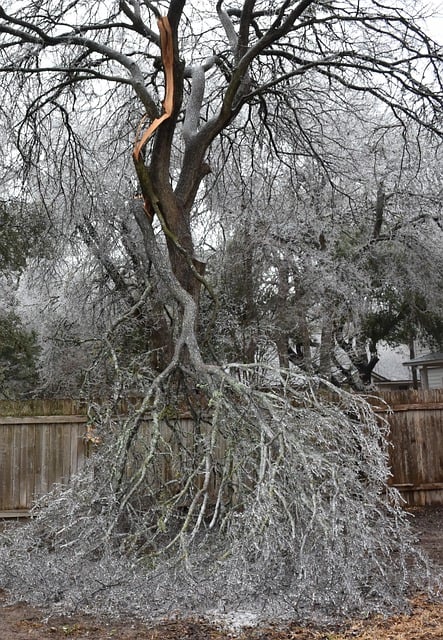
Are you a Riverview homeowner facing wet carpet due to water damage? Don’t let it fester and cost mo…….
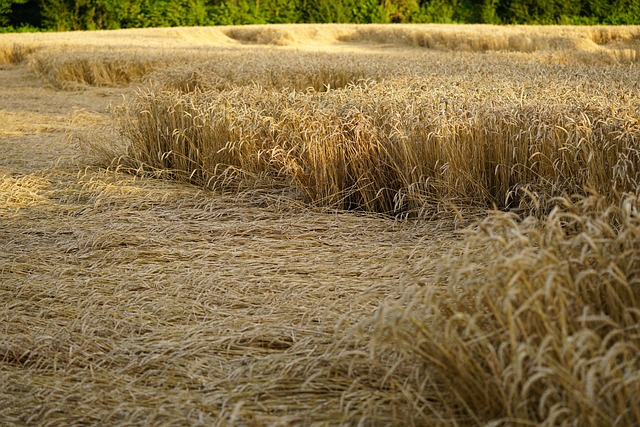
Are you a Riverview resident facing flooded carpets after a storm? Look no further! Our lightning-fa…….
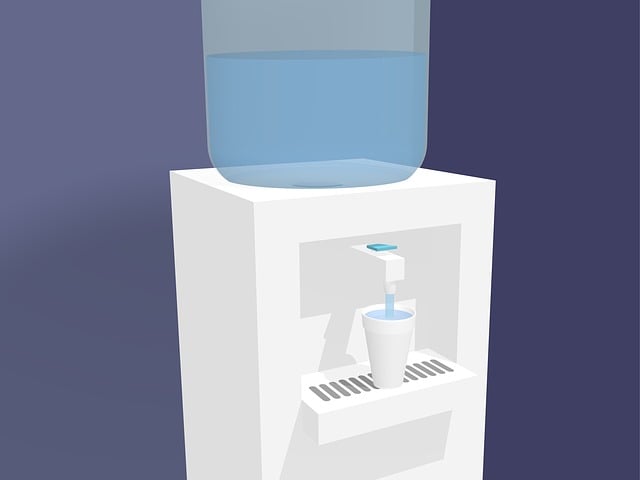
Are you a Riverview resident tired of mold taking over your home, especially after wet carpet incide…….
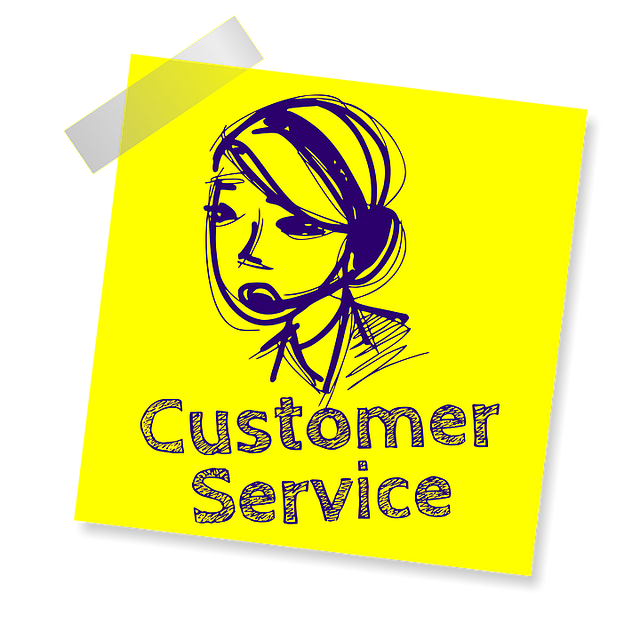
Are you facing a wet carpet emergency in Riverview, FL? Look no further! Our trusted contractors spe…….
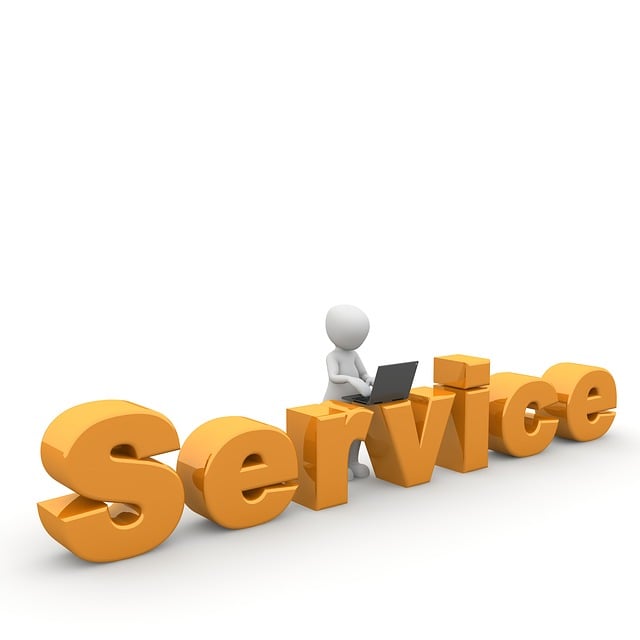
Are you in Riverview, FL, and facing a wet carpet crisis? Don’t despair! Our specialists are here to…….